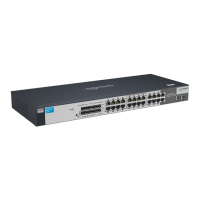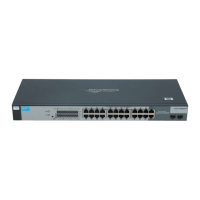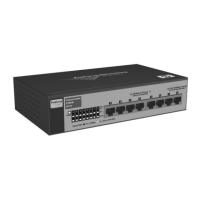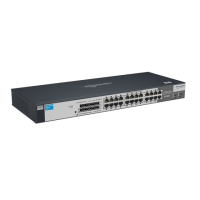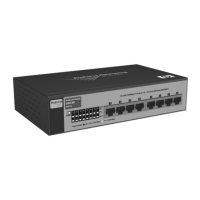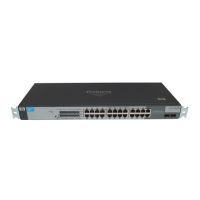6-1
6
Trunks
Trunks allow for the aggregation of multiple full-duplex Ethernet links into a single logical link. Network
devices treat the aggregation as if it were a single link, which increases fault tolerance and provides
load sharing capability. You assign the trunk VLAN membership after a trunk is created.
A trunk interface can be either static or dynamic, but not both.
■ Dynamic trunks use the Link Aggregation Control Protocol (LACP, IEEE standard 802.3ad).
An LACP-enabled port automatically detects the presence of other aggregation-capable
network devices in the system and exchanges Link Aggregation Control Protocol Data Units
(LACPDUs) with links in the trunk. The PDUs contain information about each link and enable
the trunk to maintain them.
■ Static trunks are assigned to a bundle by the administrator. Members do not exchange
LACPDUs. A static trunk does not require a partner system to be able to aggregate its member
ports.
All members of a trunk must be either static or dynamic.
Note If the maximum number of trunks that the platform supports are configured, additional trunks are not
allowed.
Trunk Configuration
Use the Trunk Configuration page to create one or more full duplex Ethernet links to be aggregated
together.
■ A trunk can aggregate up to four physical ports.
■ On HP ProCurve 1810G-24 switches, up to eight trunks can be created.
■ On HP ProCurve 1810G-8 switches, up to four trunks can be created.
After you create the trunk, it appears in a list at the bottom of the page where you can modify its
properties or delete it. Use the Trunk Membership page to assign ports to the trunk.
To access the Trunk Configuration page, click Trunk > Trunk Configuration in the navigation pane.
As shown in the example configuration in Figure 6-1, two trunks named TR1 and TR2 have already
been created.
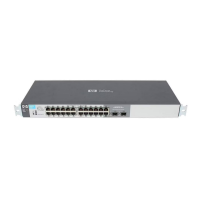
